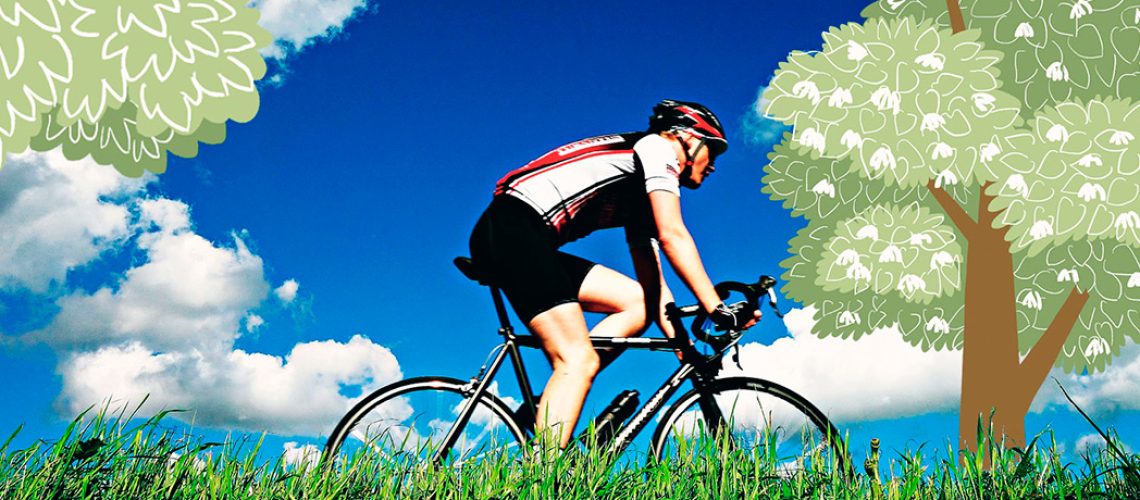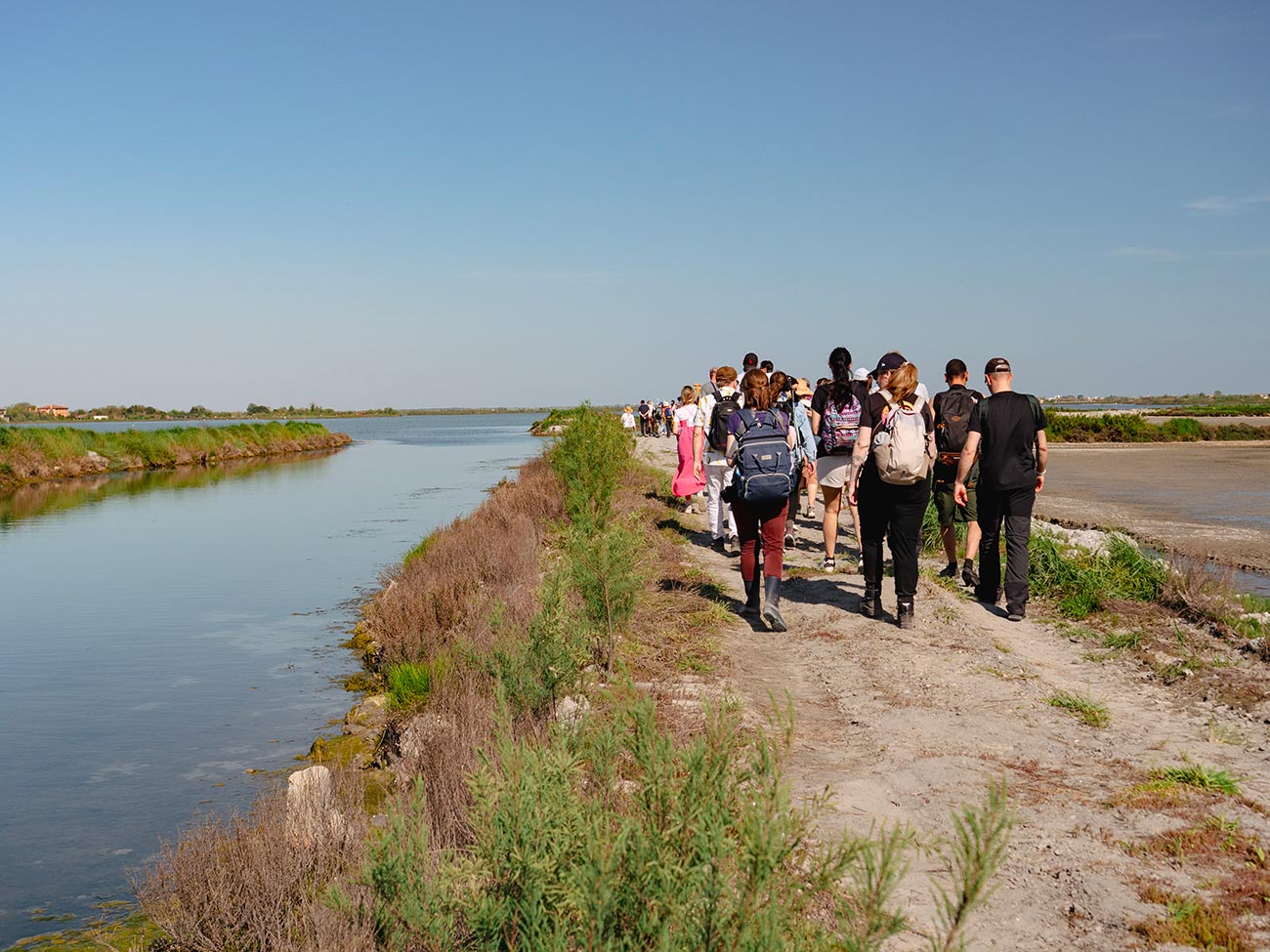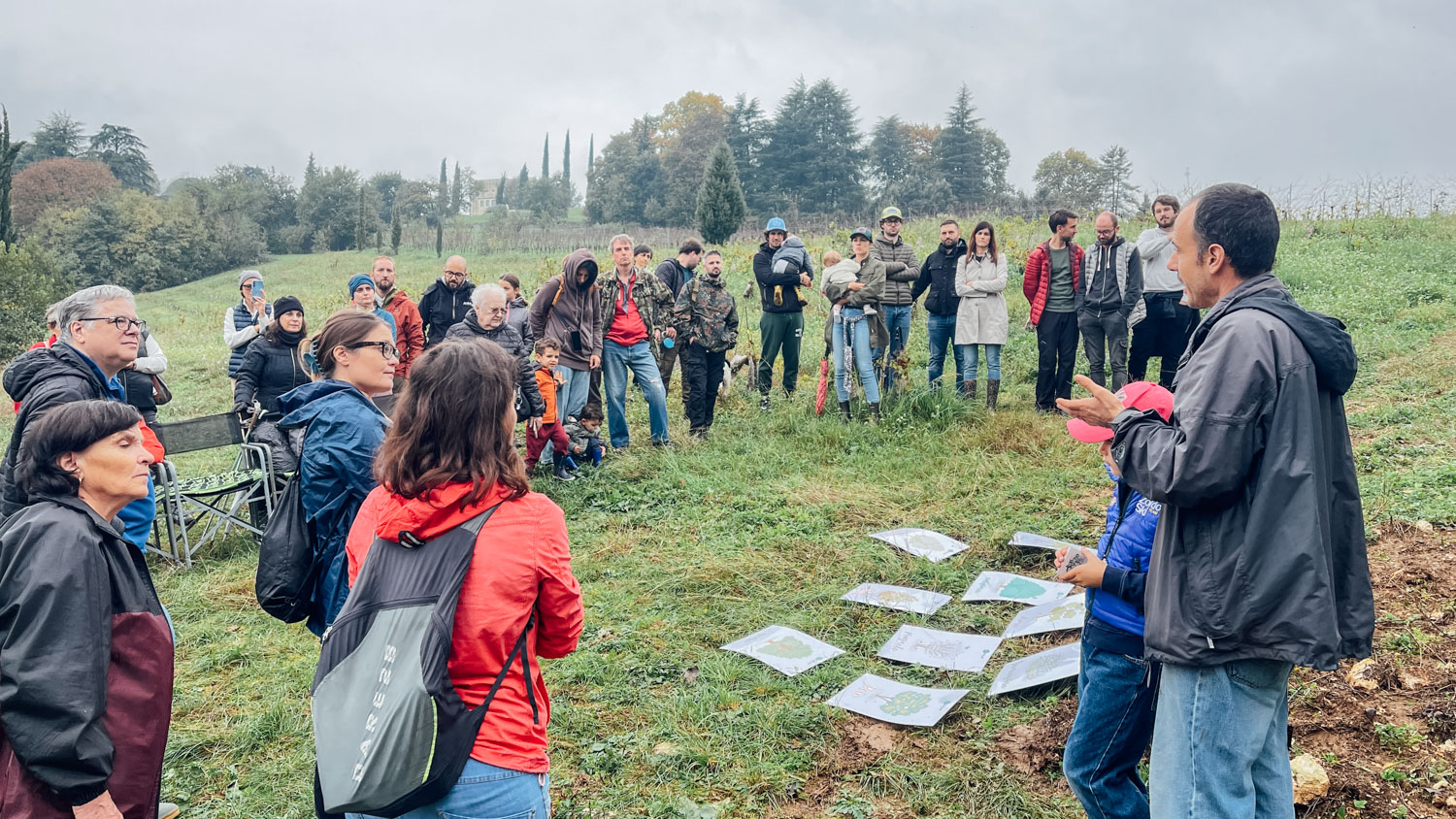
Cycling seems to have become one of the pillars of the new urban mobility: there is an increase in bicycle lanes, an increase in bicycle purchases thanks to government incentives and a boom in two-wheeled travel is expected in the next 12 to 18 months. Have we arrived at a revolution in urban mobility that finally embraces and welcomes sustainability? Or is it simply a straw fire destined to run out when we start to return to a kind of normality? The answer is by no means a foregone conclusion
Bicycles and cars beat the bus: this is how covid19 is changing urban mobility
According to a Bcg statistical study, 37% of Italians use much less buses, subway and trains preferring the bicycle or private car: in the next 12-18 months a boom in two-wheeled travel is expected, also thanks to the incentives made available by the government. The figure is a confirmation – which honestly does not take us by surprise – of what already before the summer, towards the end of the lockdown, seemed to be the most evident scenario.
The confirmation came from a research conducted by the consulting firm Bcg, according to which we are at the beginning of a new mobility: the survey “How Covid 19 will shape urban mobility” involved 5,000 inhabitants of major cities in the United States, China and Western Europe – Italy, France, Germany, Spain and the United Kingdom – and the data suggest that 37% of Italians said they use public transport much less than before, preferring instead their car, bike or walk.
If we look well at the data, Italy is the second country after China for the use of the private car as the main means of transport and third – always after China and the USA – for interest in buying a new car. But in the short-medium period the bike seems to be destined to win, perhaps also thanks to recent incentives to purchase, and about a quarter of countrymen will use the two wheels more than in the past to move around the city, as we read in the study. Which also suggests how cycling and walking have been the absolute favorite modes of travel, which have gone from 21 to 59%”: in the United States and China there has also been a real boom in bike sharing, unlike what happened in Europe.
More bike mobility: environmental associations suggest the line to take
Looking at the data, there is not much to be happy about if we think about sustainable mobility: of course, the demand for bicycles increases but at the same time the demand for private cars increases and the use of public transport drastically decreases.
The bicycle must be the most suitable means of transport to be encouraged in the covid19 era: this is the request of many associations directly addressed to regions and municipalities that in turn are thinking about what strategies and incentives to adopt to avoid that citizens, given the restrictive rules for the use of public transport, do not decide en masse to return to using private cars with consequences on traffic and environmental pollution. We at WOWnature have always tried to encourage sustainable mobility, especially on two wheels. For this and many other reasons was born the project of the new green cycle route Treviso-Vicenza-Ostiglia.
You wanted the bike? And now you pedal in the Treviso – Ostiglia bike route, no?
The Treviso-Ostiglia route was a state-owned Italian railway line that connected Ostiglia to Treviso and was built by the Italian army for strategic purposes to defend the north-eastern borders. The idea was soon abandoned, however, considering the Padova-Bologna line sufficient. In a second moment, some parliamentarians, led by Leone Wollemborg, took steps to reopen the project and realize the railway line. It was considered an important operation for commercial purposes; the beneficiaries were the large and rich agricultural towns in the center of Veneto.
The First World War interrupted the work in progress and was resumed only in 1920. Ten years later, a few months before the beginning of the Second World War, the new railway line was inaugurated and few trains attended it; fundamental nodes, besides the two terminal stations of the route, were Camposampiero, Legnago, Grisignano di Zocco. To remember that the route was used for the deportation of Jews to the concentration camps of Nazi Germany. Representing a strategic artifact several times was bombed by the Allied Air Force.
Today the former railway line, thanks also to our project of reforestation of the bicycle path, has been transformed into a very popular bicycle-pedestrian path. The old railway stations and toll booths are still visible, even if they were badly damaged, but they are still fully recognizable and on some occasions they have been recovered and renovated to accommodate commercial activities.
If you want to do your part to make the world a better place, helping to fight climate change thanks to the action of trees that capture CO2 and promote sustainable mobility and tourism, then you are ready to adopt your tree in the Treviso – Ostiglia Cycleway.








